The Science of Tectonic Plate Movements
Introduction
Tectonic plate movements, also known as plate tectonics, is a scientific theory that explains the large-scale motions of Earth's lithosphere. This theory builds upon the concepts of continental drift, developed during the early 20th century, and seafloor spreading, understood in the late 1950s and early 1960s.
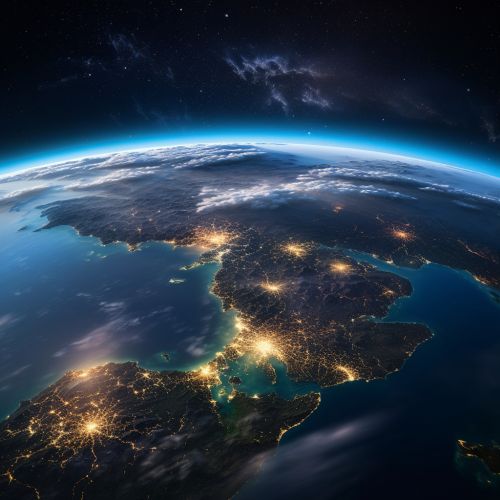
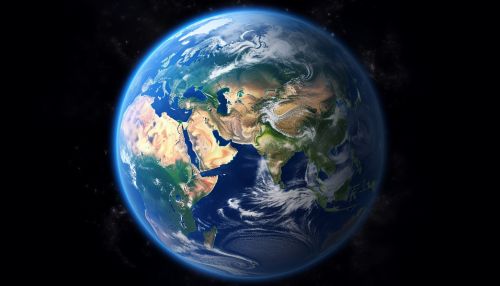
The Structure of Earth
The Earth is composed of several layers, the three most significant of which are the crust, the mantle, and the core. The crust and the uppermost part of the mantle constitute the lithosphere, which is broken into several large and small tectonic plates.
The Crust
The Earth's crust is the outermost shell of the planet. It is divided into two types: the continental crust and the oceanic crust. The continental crust is thicker and less dense, while the oceanic crust is thinner and denser.
The Mantle
Beneath the crust lies the mantle, a layer of silicate rock approximately 2,900 kilometers thick. The uppermost part of the mantle, along with the Earth's crust, forms the lithosphere.
The Core
The Earth's core is divided into two parts: the liquid outer core, which borders the mantle, and the solid inner core. The boundary separating these regions is called the Bullen discontinuity.
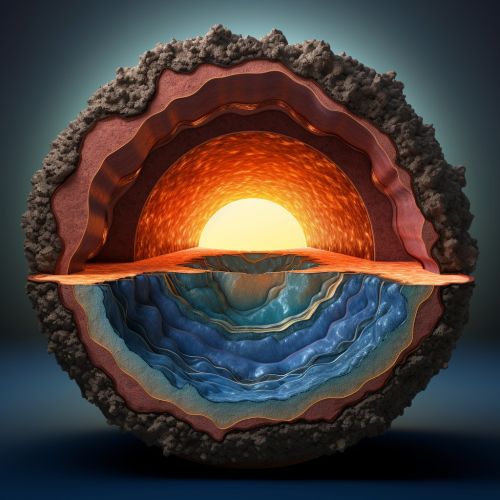
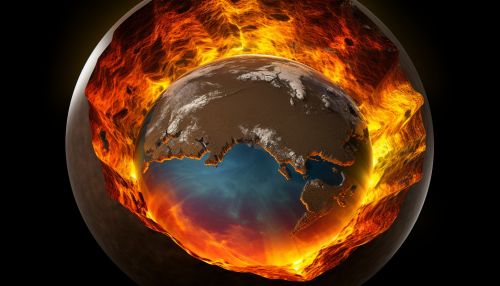
Tectonic Plates
The lithosphere is divided into several major and minor tectonic plates, where the major plates include the African, Antarctic, Eurasian, North American, South American, India-Australian, and the Pacific plates. These plates move relative to each other, typically at rates of 5 to 10 centimeters per year.
Plate Boundaries
Tectonic plates interact at three types of plate boundaries: divergent, convergent, and transform. Most of the Earth's seismic activity occurs at these boundaries.
Divergent Boundaries
At divergent boundaries, plates move apart from each other. This happens primarily at mid-ocean ridges, where new oceanic crust is formed through volcanic activity and then gradually moves away from the ridge.
Convergent Boundaries
At convergent boundaries, plates move towards each other, causing one plate to subduct beneath another. The subduction zones are often sites of significant volcanic and earthquake activity.
Transform Boundaries
At transform boundaries, plates slide past each other. Transform faults are the site of lithospheric plate movement.
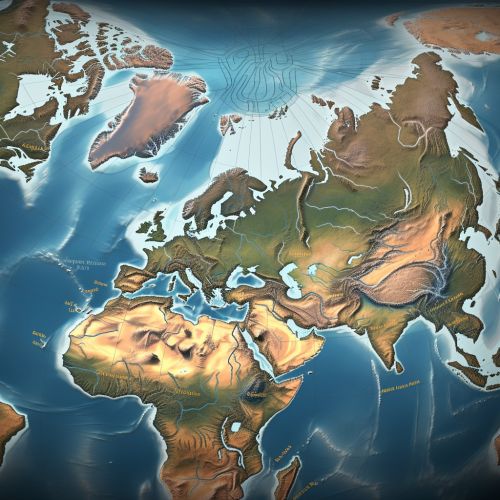
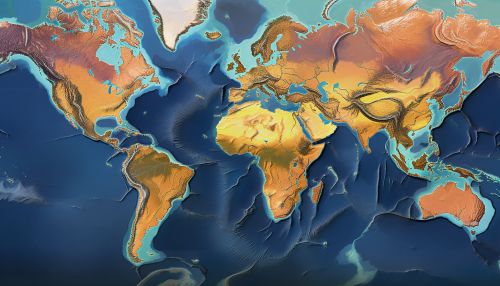
Plate Tectonics and Geological Activity
The movement of tectonic plates has a significant impact on the geological activity on Earth. This includes the formation of mountain ranges, earthquakes, volcanic activity, and the development of oceanic trenches and mid-ocean ridges.
Conclusion
The theory of plate tectonics is a fundamental principle in geology. It provides a comprehensive explanation for several geological phenomena and gives insight into the dynamic nature of the Earth's surface.
